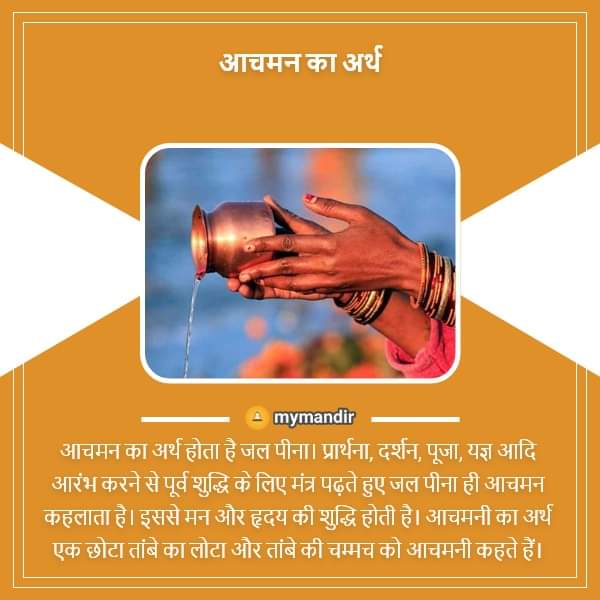
Here are two very interesting sculptures from two subsidiary shrines of the Mukteswar Temple Campus, Bhubaneswar that portrays Nagas holding a pot.
It seems from its appearance that the pot is very precious.

It seems from its appearance that the pot is very precious.


Either it can be the Amrit Kumbh(Pot containing Nectar) or it can be the Ratna Kumbh(pot containing the precious jewels).
If this portrayal is related to the story of Nagas guarding the Amrit Kumbh before Garuda obtained it,then it is a sculpture of Naagraj with the Amrit Kumbh.
If this portrayal is related to the story of Nagas guarding the Amrit Kumbh before Garuda obtained it,then it is a sculpture of Naagraj with the Amrit Kumbh.
And if this portrayal is related to the story of the Nagas guarding the precious jewels in Paataal Lok (Nether World) then it is a sculpture of Naagraj with the Ratna Kumbh.
Either way, these sculptures are very unique as far as the architecture and iconography is concerned.
Either way, these sculptures are very unique as far as the architecture and iconography is concerned.
Tag for Credit
• • •
Missing some Tweet in this thread? You can try to
force a refresh




















